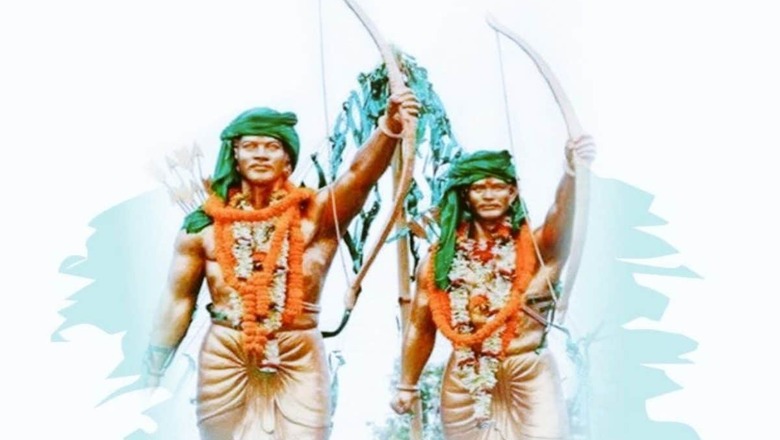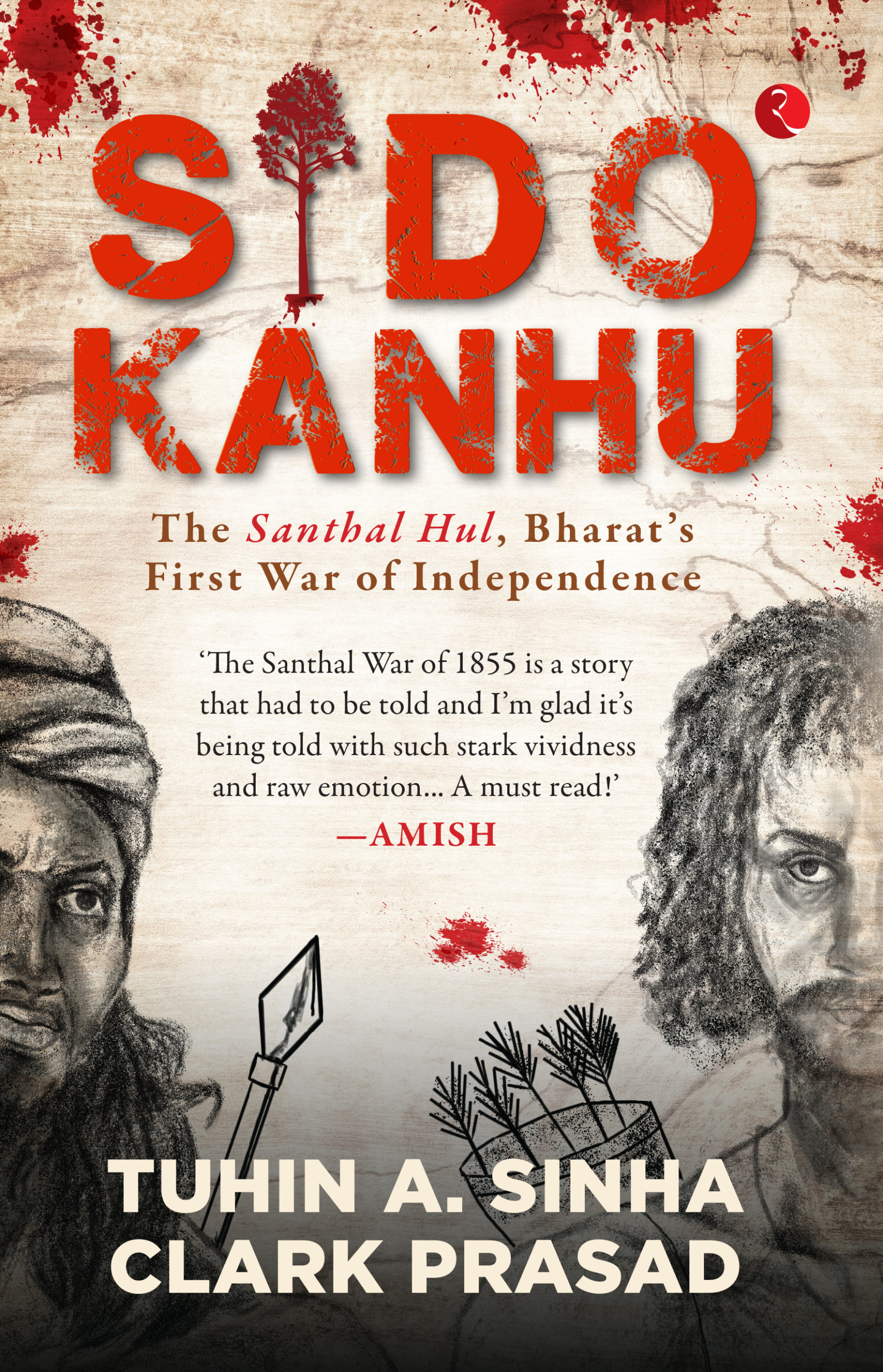
views
India as a nation stands as a unique puzzle for European thinkers because the conception of a European nation lacks the multilingualism, culinary diversity, lifestyle variations, and cultural richness that define the identity of India. Despite being endowed with all these characteristics, India continues to progress with its national identity. The essence of this perspective is partially revealed in historical contexts through a beautiful effort to connect it with the present local identity in Tuhin A. Sinha and Clark Prasad’s book ‘Sido Kanhu: The Santhal Hul, Bharat’s First War of Independence’ which unfolds through the historical narrative of Sido and Kanhu.
Most historians either considered the rebellions by local people as irrelevant or deemed them unfit for significant attention. However, in ‘Sido Kanhu’, there is a meticulous portrayal of the rebellions led by Sido and Kanhu, showcasing Gandhi’s organisational skill against the inhumane atrocities of the British. The book delves into the Santhal Rebellion of 1857, the first extensive indigenous movement against the oppressive policies of the British government, reflecting its impact on those actively involved in the struggle for India’s independence.

In the village of Bhognadih, when Sido is questioned by Shukbarg about his brother Kanhu and his strategy in jail, Sido responds with determination. He asserts that if they think he will betray his people and provide information about his camp and people, they are mistaken. Shukbarg’s statement about the British being their masters and claiming to have given them land rights elicits a powerful response from Sido. He asserts that the land has never belonged to them, and despite their power, the struggle to reclaim it will continue. Sido’s words reflect the strong spirit of resistance and the commitment of the Santhal tribe to fight for their rights.
The narrative also highlights the struggles faced by Sido’s family, emphasising the importance of familial unity and collaboration. Whether it is the relationship between husband and wife or the solidarity between siblings, the book portrays the culture of cooperation in the face of challenges. The commitment to fight for their rights is depicted vividly through Sido’s wife Mala, who expresses her determination to fight for her people.
The book beautifully encapsulates the maturity of the freedom movements and their profound nature. Sido and Kanhu’s story becomes a celebration of the bravery of the Murmu family, comprising four brothers – Sido, Kanhu, Chand, and Bhairav – and their two sisters, Phulo and Jano. The struggles against the British became a collective endeavour with the overarching goal of India’s independence. The account of Sido and Kanhu’s resistance is significant not only for its geographical and immediate impact but also for its representation of the broader societal issues arising from divisive forces based on caste, region, and class. The narrative presents a compelling case for unity and resistance against these divisive elements in society.
In contemporary times, India pays homage to the sacrifices of the Murmu family, as evidenced by the representation of the Santhal tribe in prominent constitutional positions. This institutional arrangement is the tangible result of countless sacrifices made by the valiant warriors who fought for a strong, participatory, and inclusive democracy. As India celebrates the platinum jubilee of Independence, it is our collective responsibility to illuminate the stories of all the immortal sacrifices, fostering an atmosphere of respect and admiration for all segments of society.
In conclusion, the story of Sido and Kanhu serves as a celebration of the valour of the Santhal tribe and their contribution to the struggle for independence. The book not only revitalises the respect and admiration for Indian tribes but also underscores the significance of unity in diversity, a cornerstone of Indian culture. The narrative of Sido and Kanhu becomes a timeless saga, inspiring generations to come and instilling a sense of pride in the rich and diverse history of India.
The author is Assistant Professor, SIS – INADS, USA & KSAS, Lucknow, India. Views expressed in the above piece are personal and solely that of the author. They do not necessarily reflect News18’s views.



















Comments
0 comment